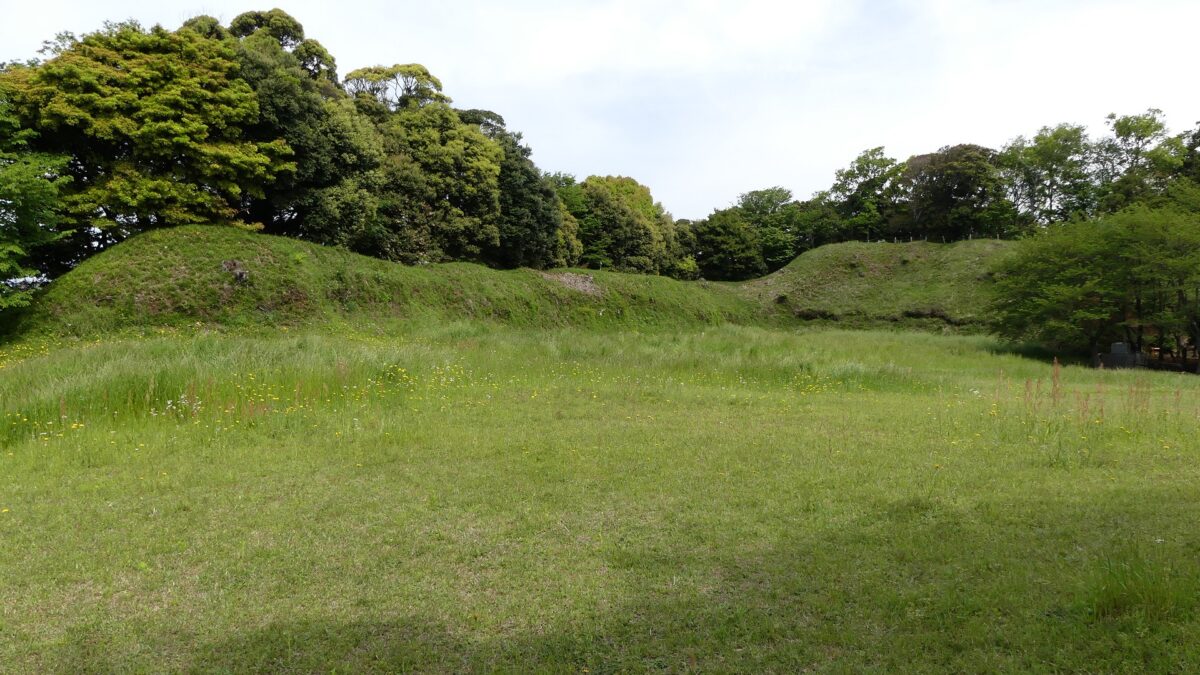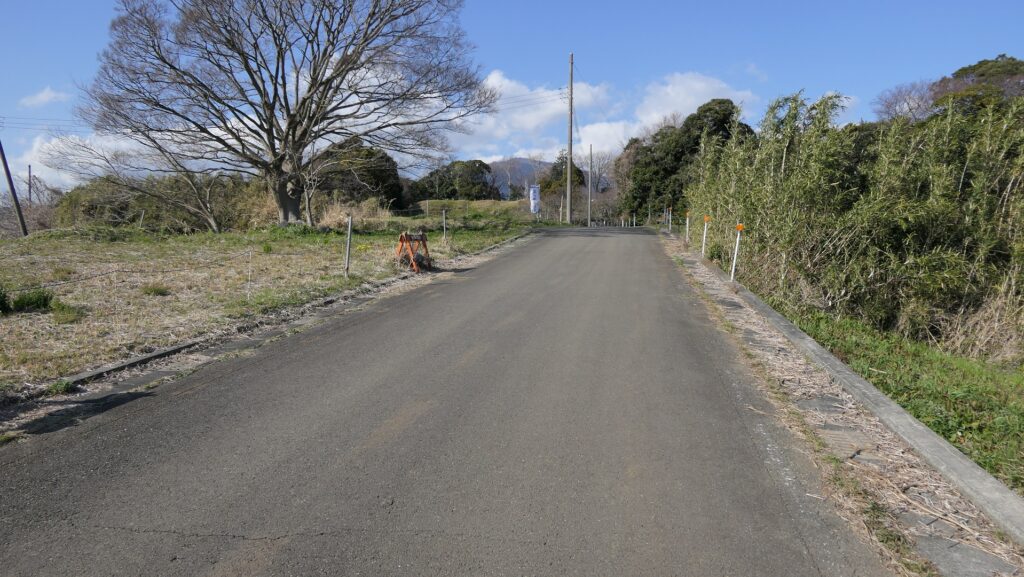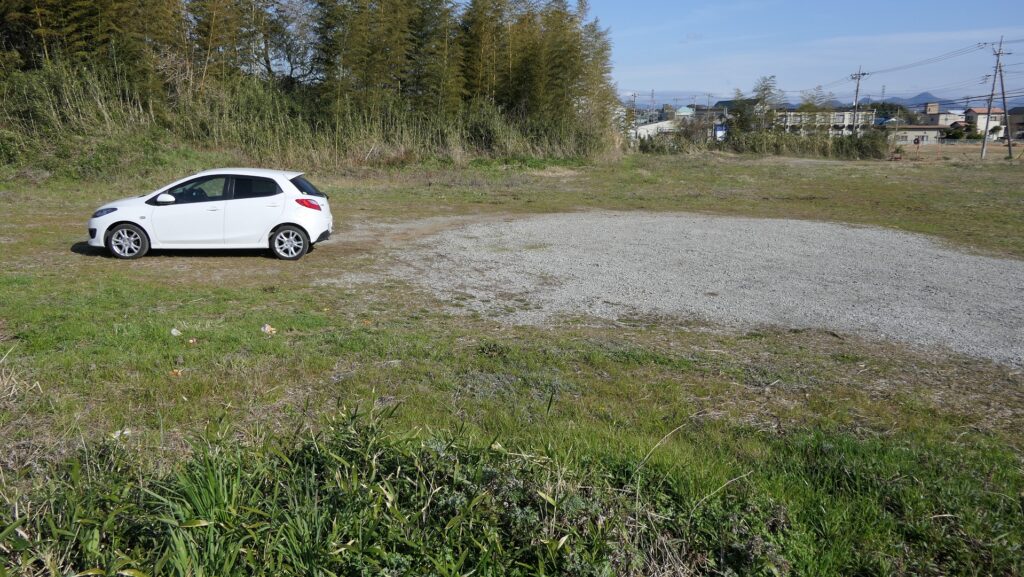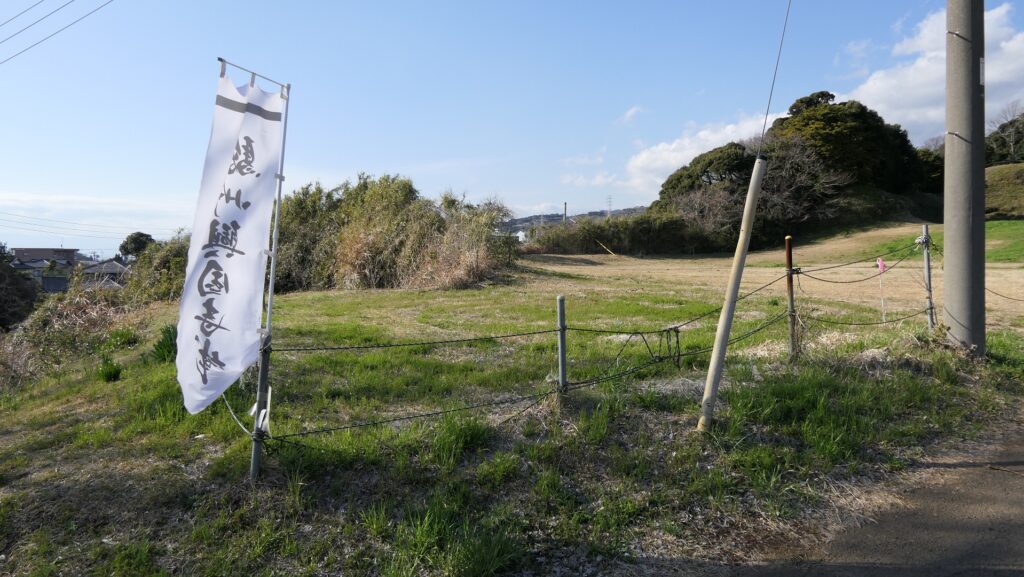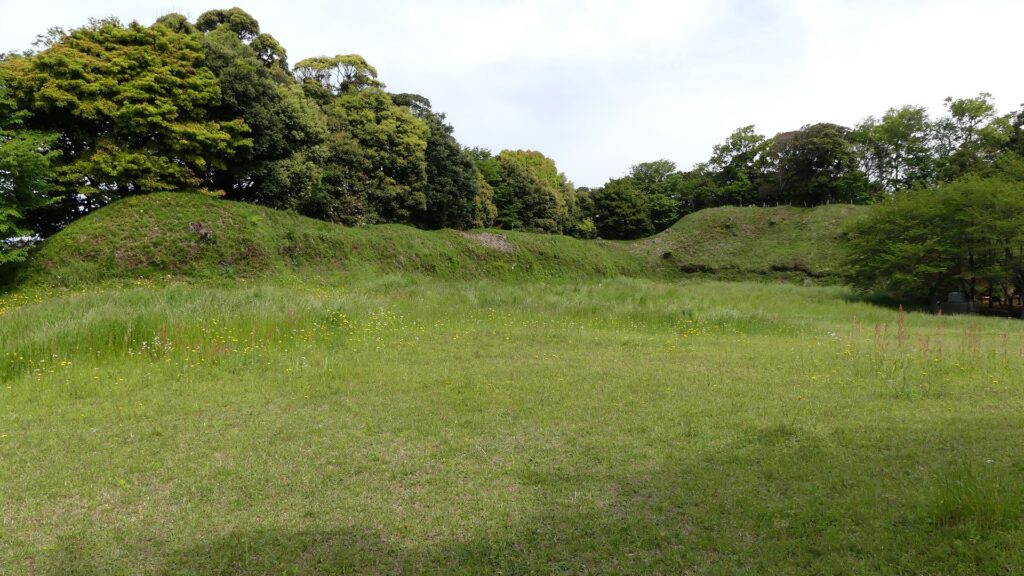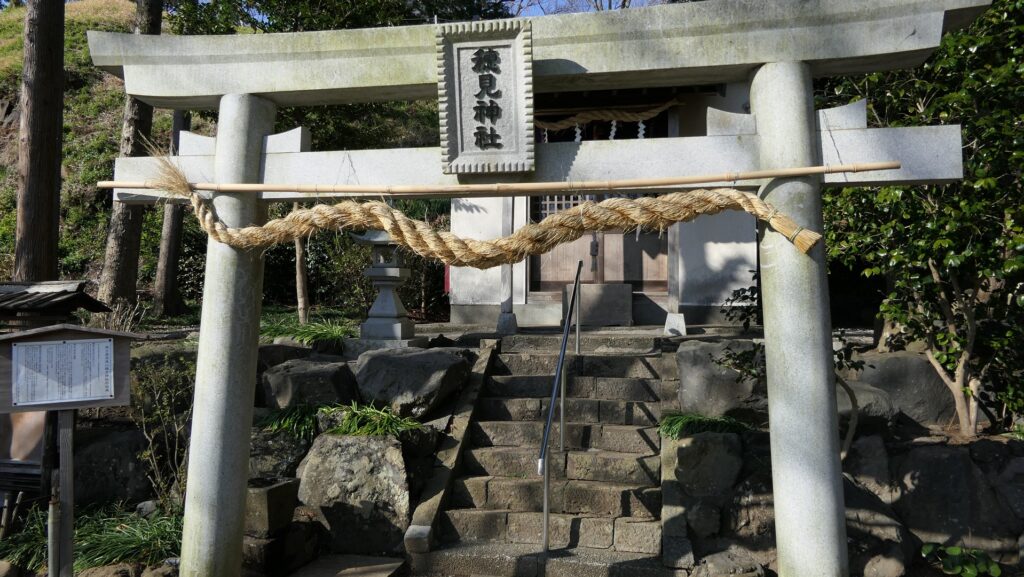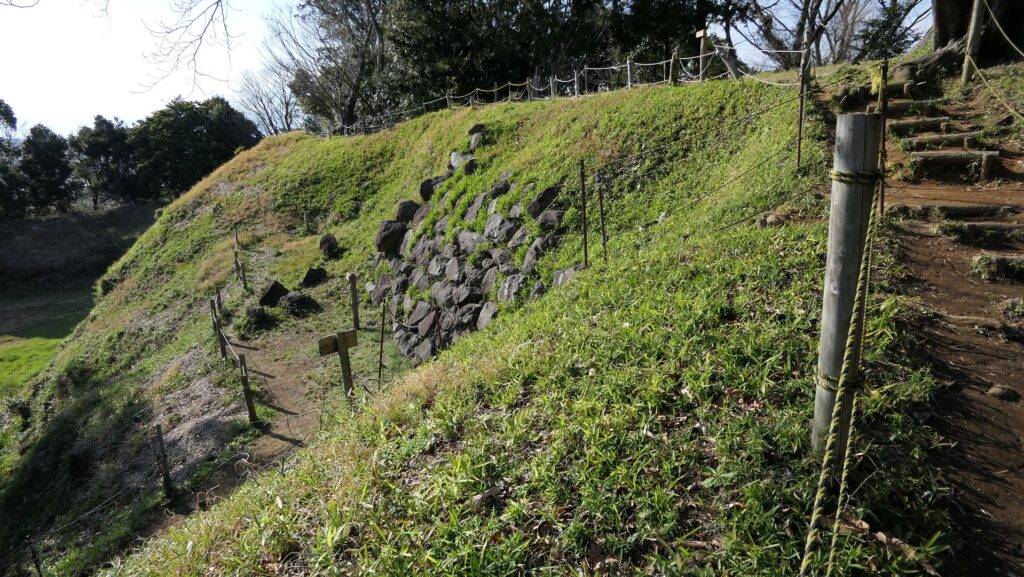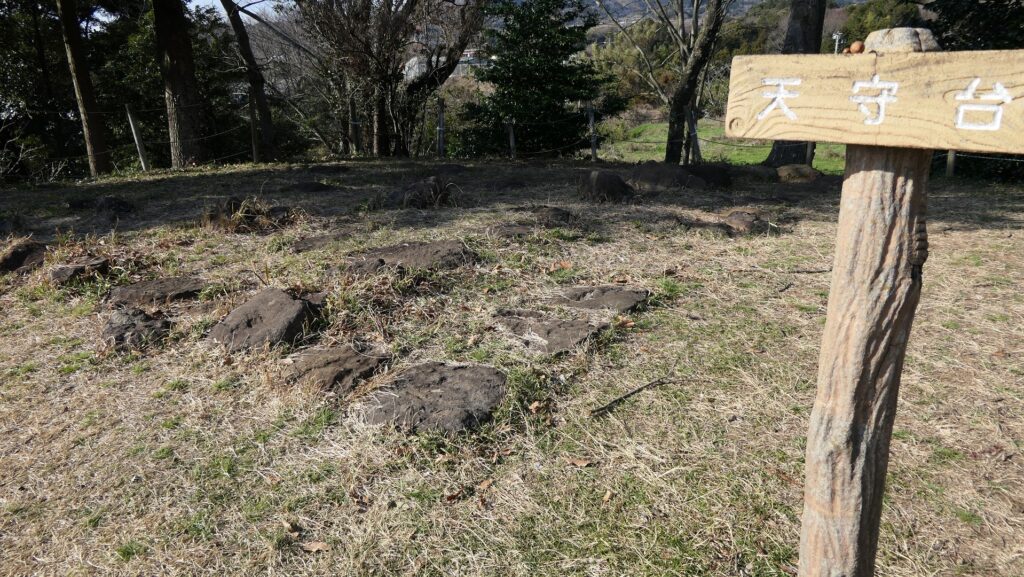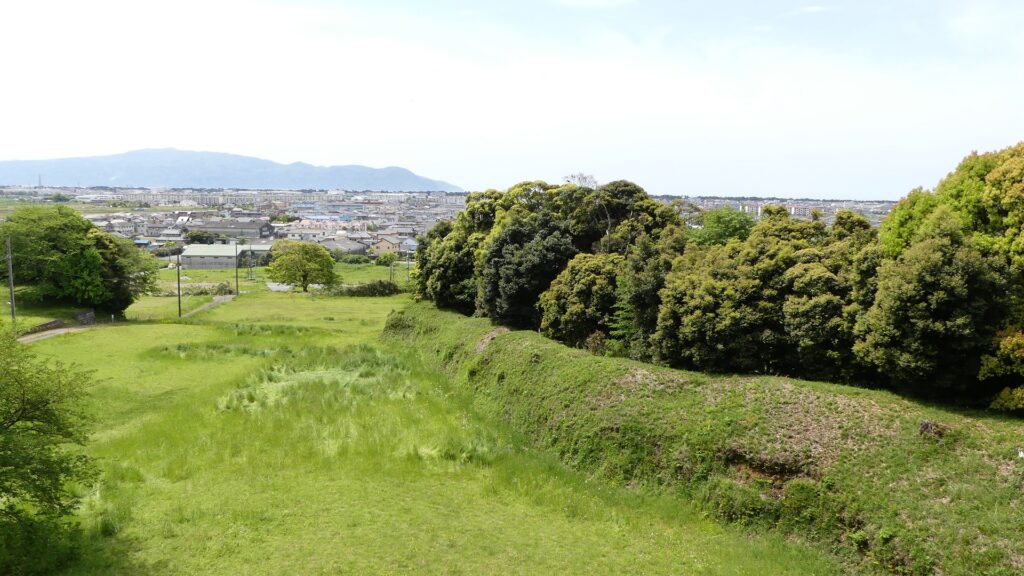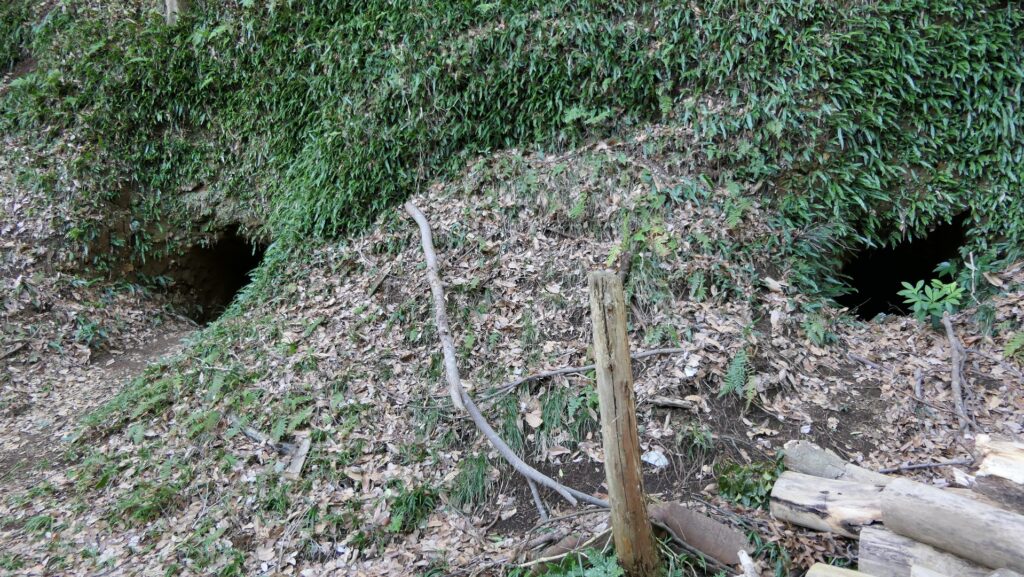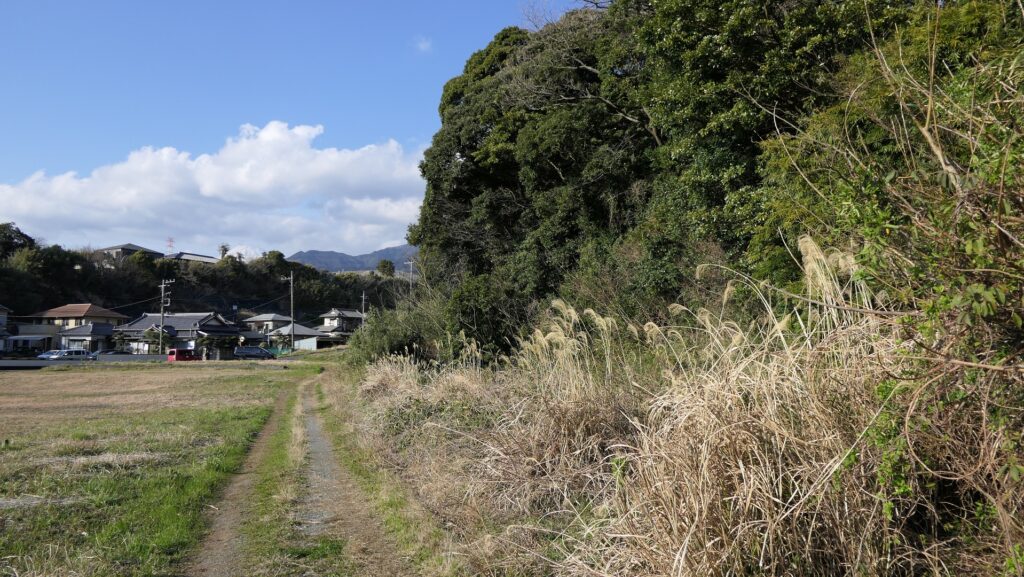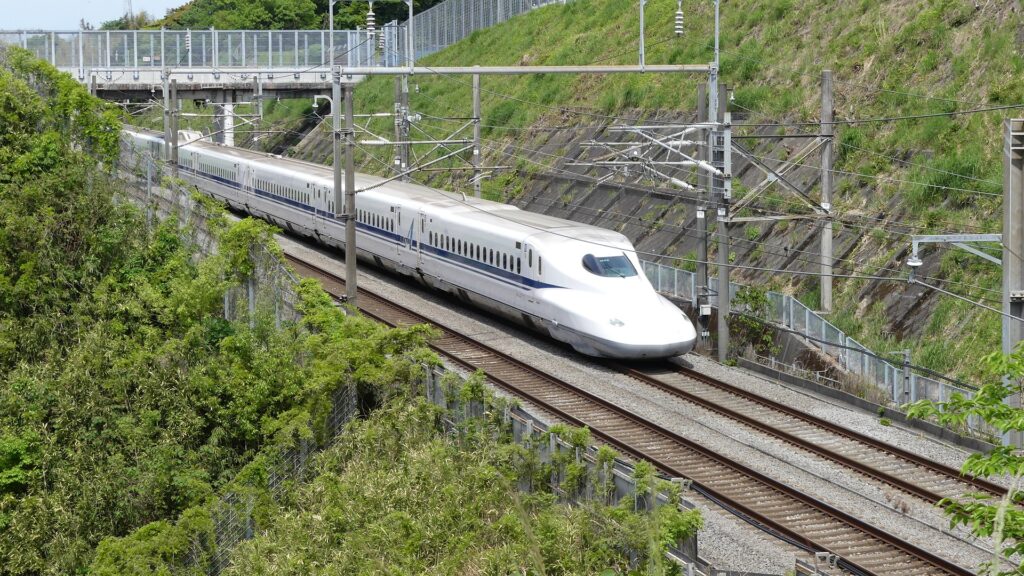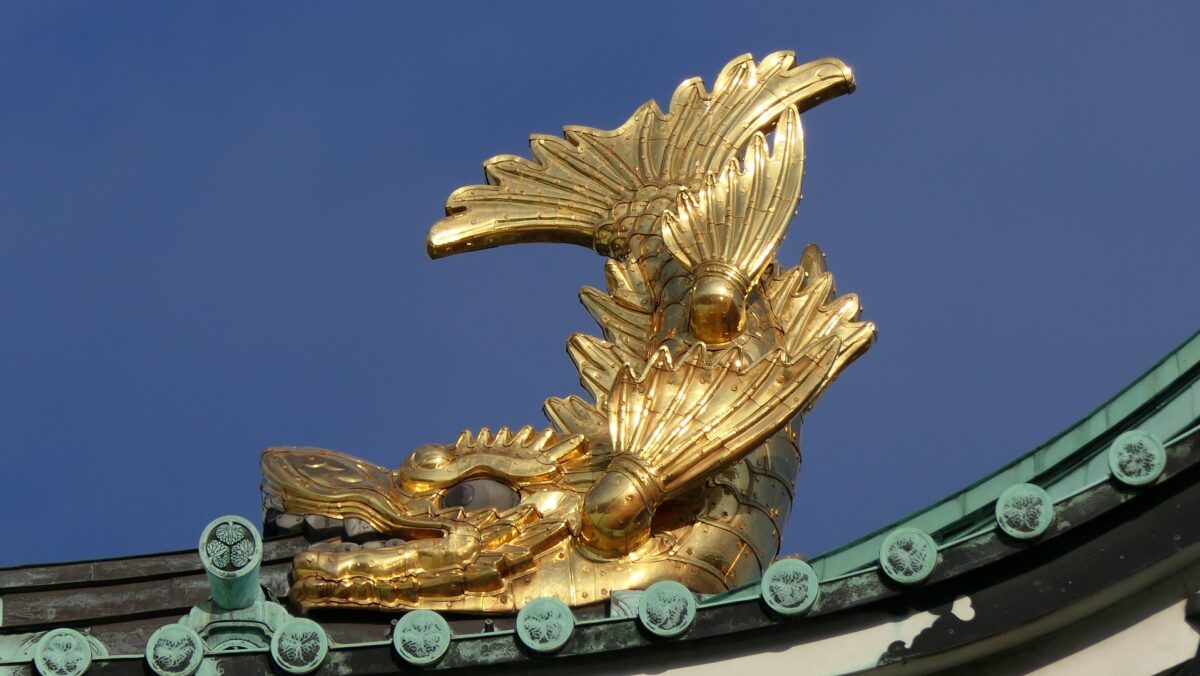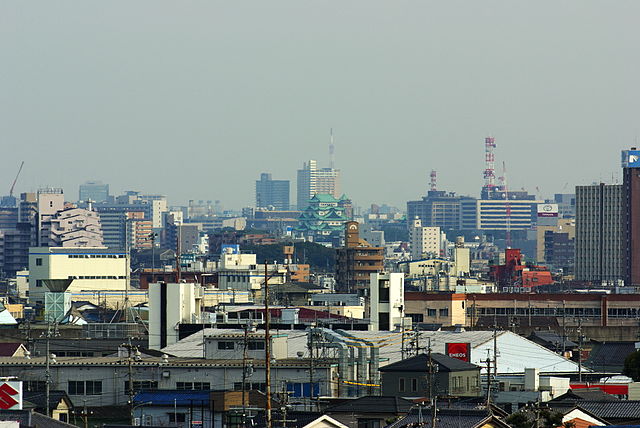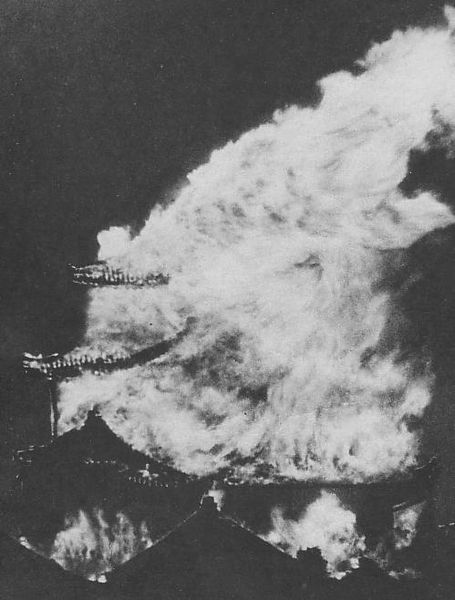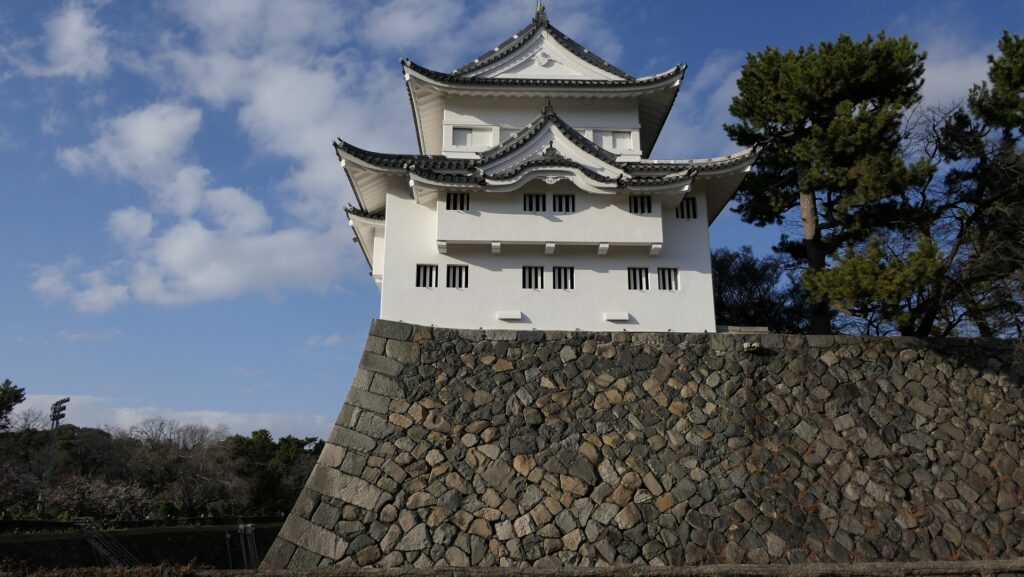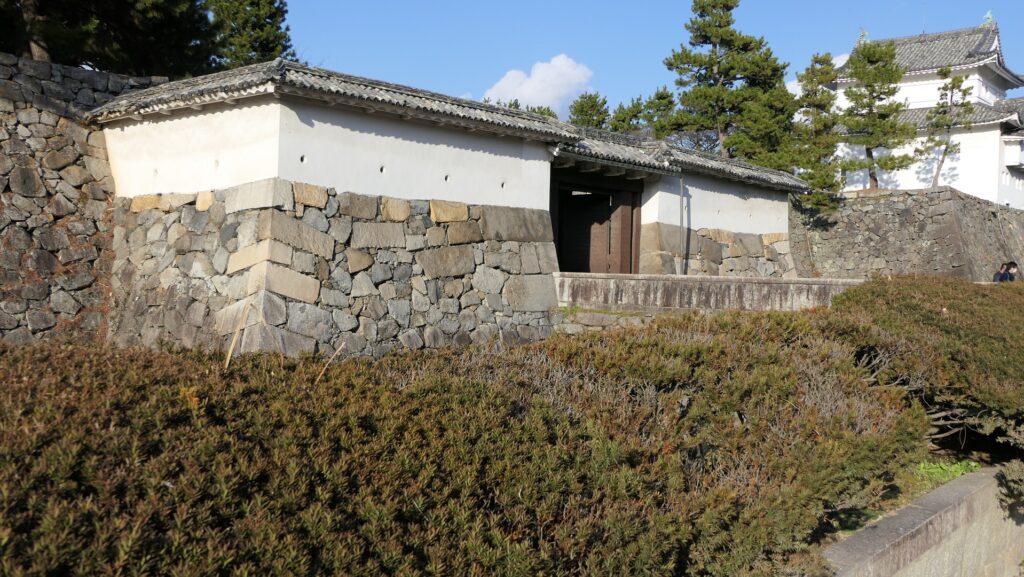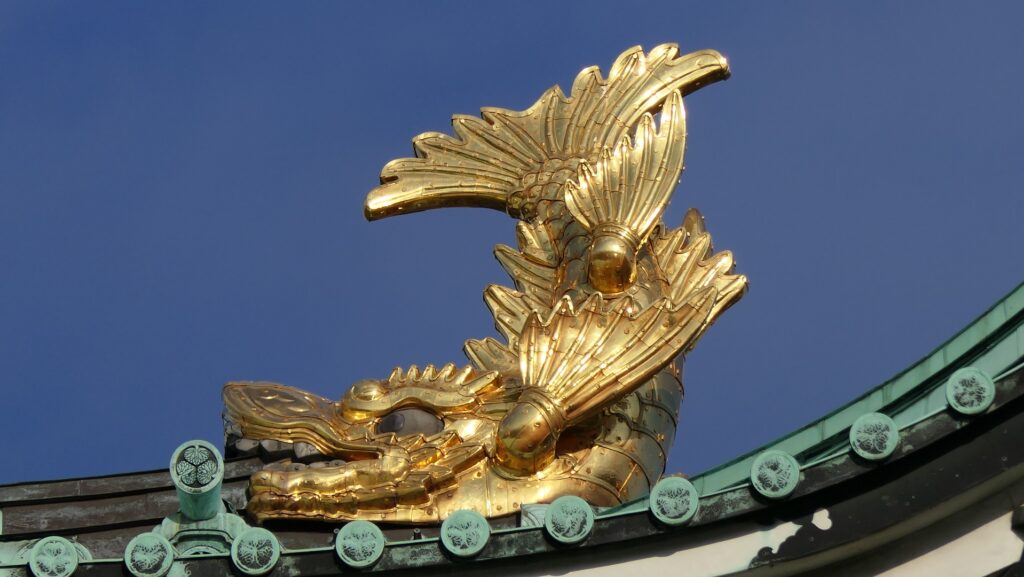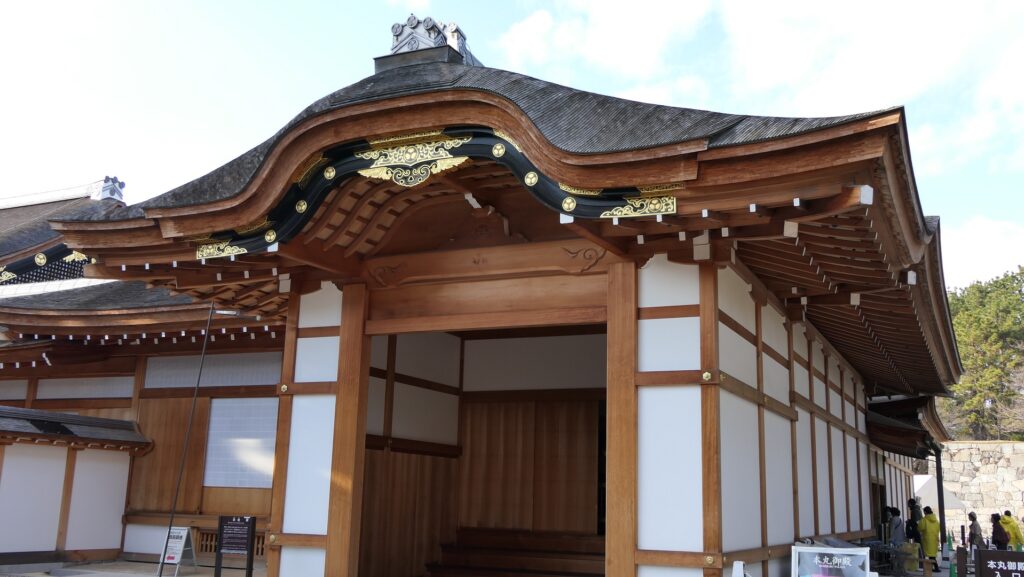Features (From Himeji Station to the Main Towers)
When you go out of the north (Himeji-jo) exit of Himeji Stataion, you can see the Main Towers towards the main street in front of the station in the distance. You get the feeling that the castle and the town are united as one. The Outer Moat was built around this area. The Main Towers are still over 1.5 km away. On the way to the castle along the street, you will see the stone walls of Nakanomon Gate Ruins on the left, where the Middle Moat existed. The area around there has become the city area now, but the street looks like the approach to the castle.
The aerial photo around the castle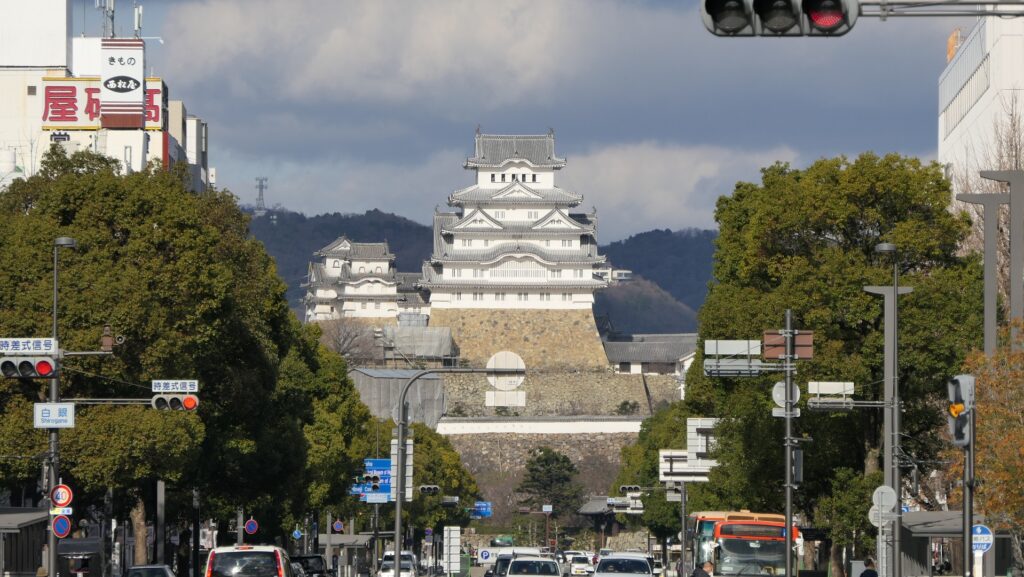
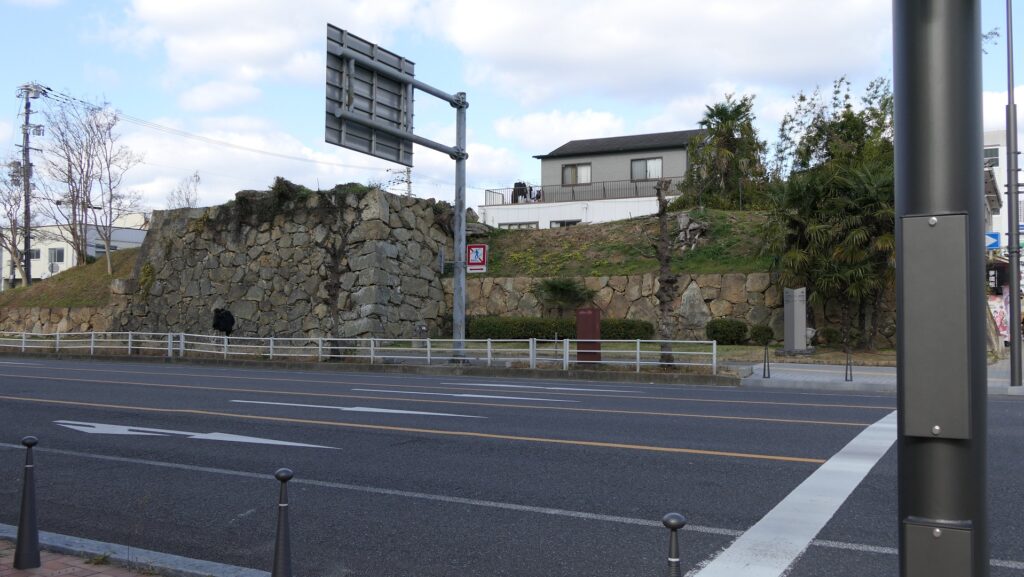
Soon, you will reach the front of the Inner Moat. The inside of the moat is the main portion of the castle called “Naikaku”. The Main Gate called Sakura-mon is the entrance of Naikaku, which is accessible after walking across the bridge. The gate was once demolished but was restored. You can see a large empty square called the Third Enclosure where many halls once stood. You can now get to see the Main Towers on Himeyama mountain up close.
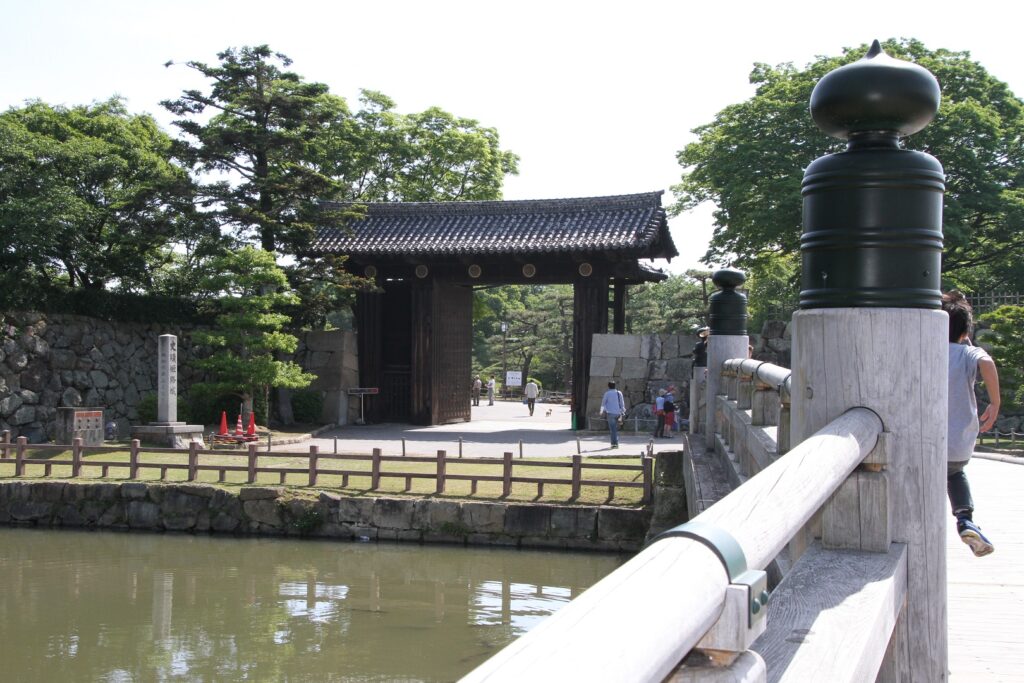
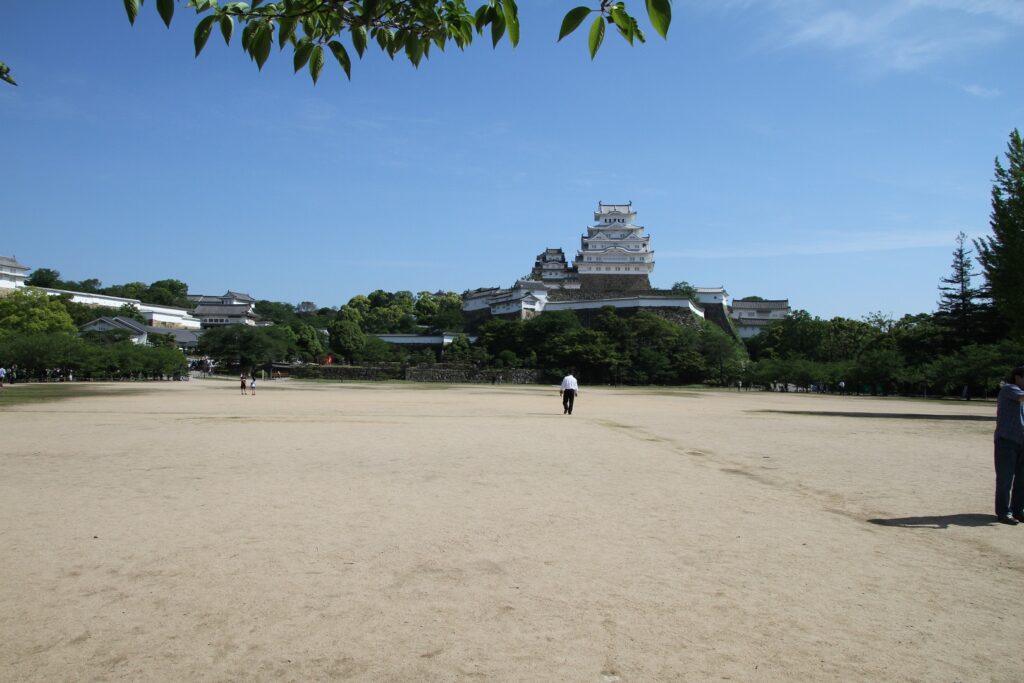
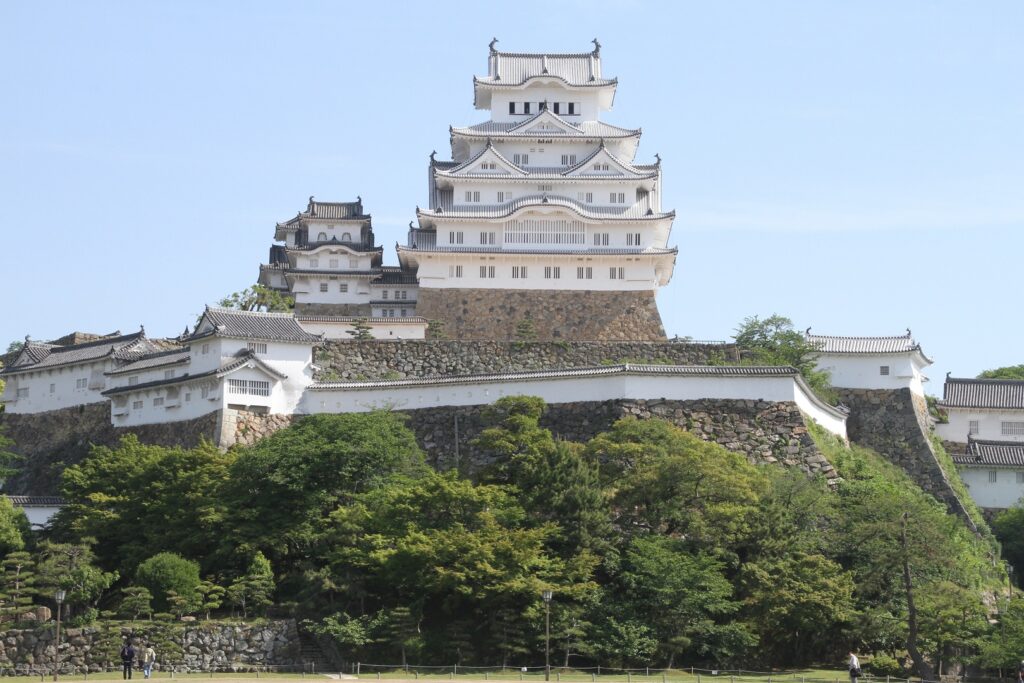
The ticket office is at the back of the square. After buying the ticket, you will enter Hishinomon Gate, the entrance of the Second Enclosure. You can go to both the Main Towers on Himeyama mountain and Nishinomaru Enclosure on Sagiyama mountain from the gate because it is located in the valley between the mountains. Inside the gate, you can also see Sangokubori Moat which is said to once be a water reservoir. The Main Towers start to look bigger.

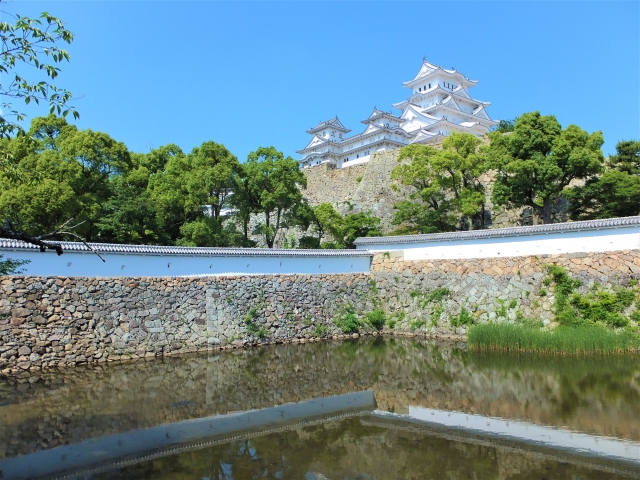
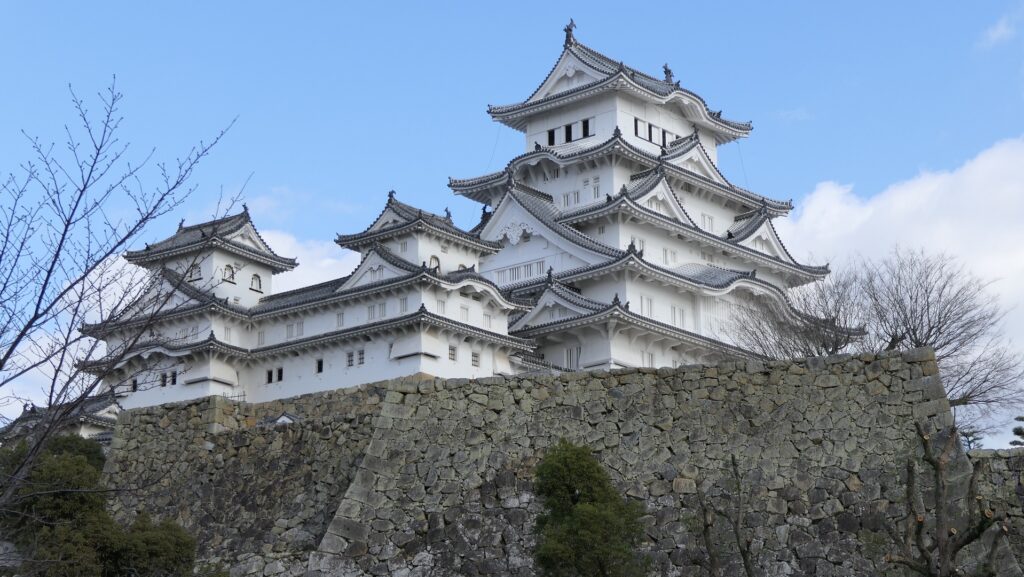
To reach the Main Towers, you will need to go through many gates in front of you. In fact, the shortcuts to the Main Towers are set on the right of Sangokubori Moat, but the routes can be hard to find for visitors. That meant enemies could be led to the difficult route easily. You can see a lot of loopholes on the plaster walls along the route. The loopholes have several interesting shapes, but they were also a threat to enemies.
The map around the castle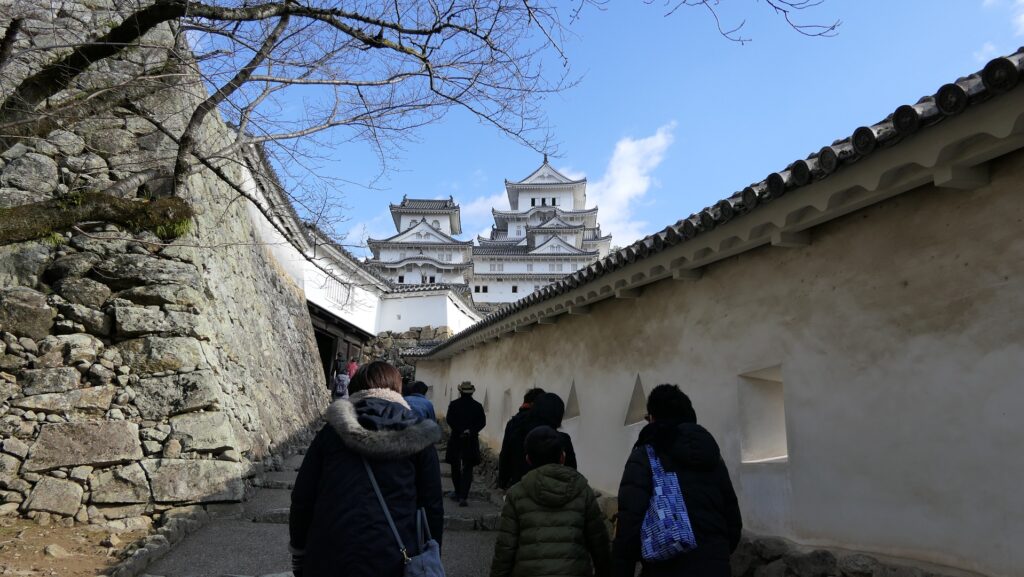

The farther you go, the closer the Main Towers get; however, the route suddenly changes direction before the Ninomon Gate. In addition, the entrance of the gate is very low and narrow under the turret building for the gate. Enemies would have been very confused to see such a defense system. You will enter the Main Tower Enclosure after passing the next gate called Honomon. You can see a mud wall on the right, which looks different from the castle’s other white plaster walls. It is called “Abura-kabe” or the Oil Wall and said to derive from Hideyoshi’s period. The wall actually hid other gates to the Large Main Tower. You will need to go through five more gates to reach the tower! The three Small Main Towers are along the route to protect the Large Main Tower.


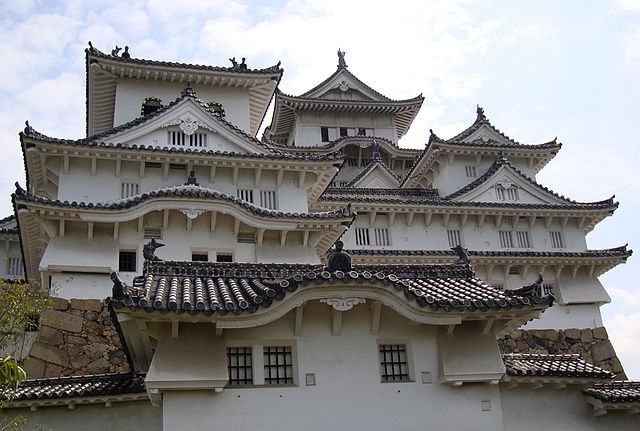
To be continued in “Himeji Castle Part3”
Back to “Himeji Castle Part1”


